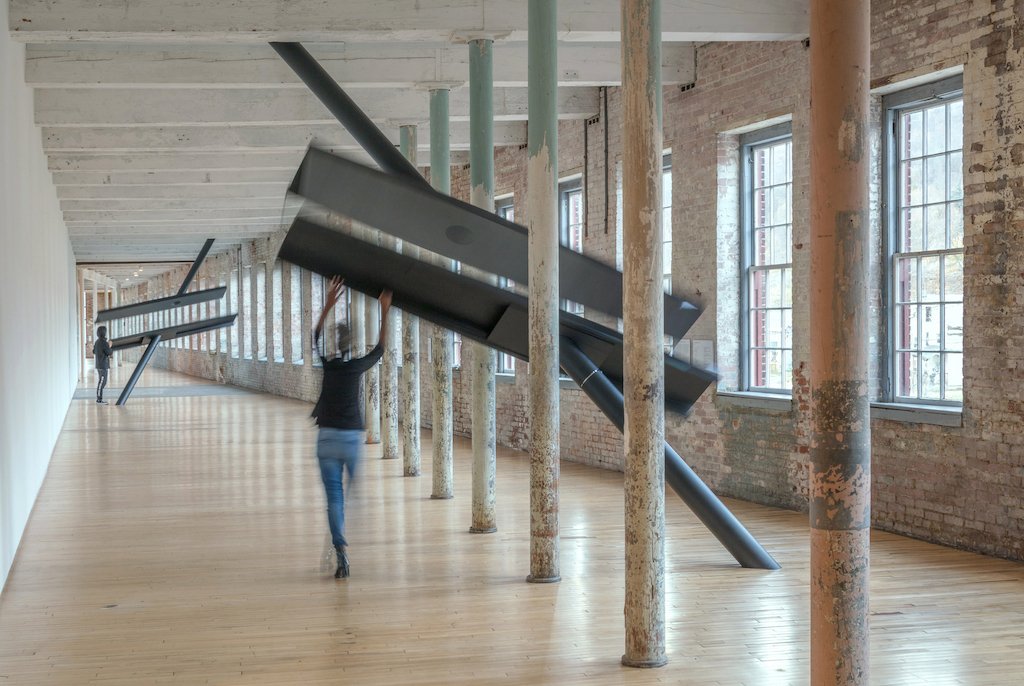
“Time is a space in which change happens.” That’s how physicists, I recently heard poet Jane Hirshfield say, have defined the term to her. I found the description unexpectedly affecting: It conjures up the notion of buildings as containers for life, places for possibility that can be set into motion by the human mind and hand. It also suggests that space—be it a room, a building, or any open expanse—holds invisible truths that are there to see if we only look, or look differently.
These and other ideas are animating forces in the work of artists Torkwase Dyson and Sarah Oppenheimer. Newly inducted into the National Academy of Design, a 199-year-old honorary society for artists and architects, both produce work that speaks to people’s ability to shape space. Dyson’s output—which takes the form of abstract painting, drawing, and sculpture—confronts the ways in which Black and brown bodies envision, understand, and negotiate their surroundings. Oppenheimer manipulates space using architectural interventions, which visitors are often invited to maneuver and that generate a greater awareness of everyday patterns of living. It is difficult to capture the magnitude of their work succinctly. Their creations’ emotive subject matter must be experienced in person, and sat with for a while, in order to fully comprehend.
Dyson and Oppenheimer joined me in February at the Academy for a live conversation about the body and space. Examples of their work, along with that of the other 2023 National Academicians, was newly on view in the exhibition “Sites of Impermanence” (through May 11), co-curated by Sara Reisman and Natalia Viera Salgado. Each artist responded to my questions in a distinct brand of spoken-word poetry that sounded the way their work looks: Dyson’s flowed like a river, Oppenheimer’s in a rhythmic staccato. A passion for their practice shone through all the same.
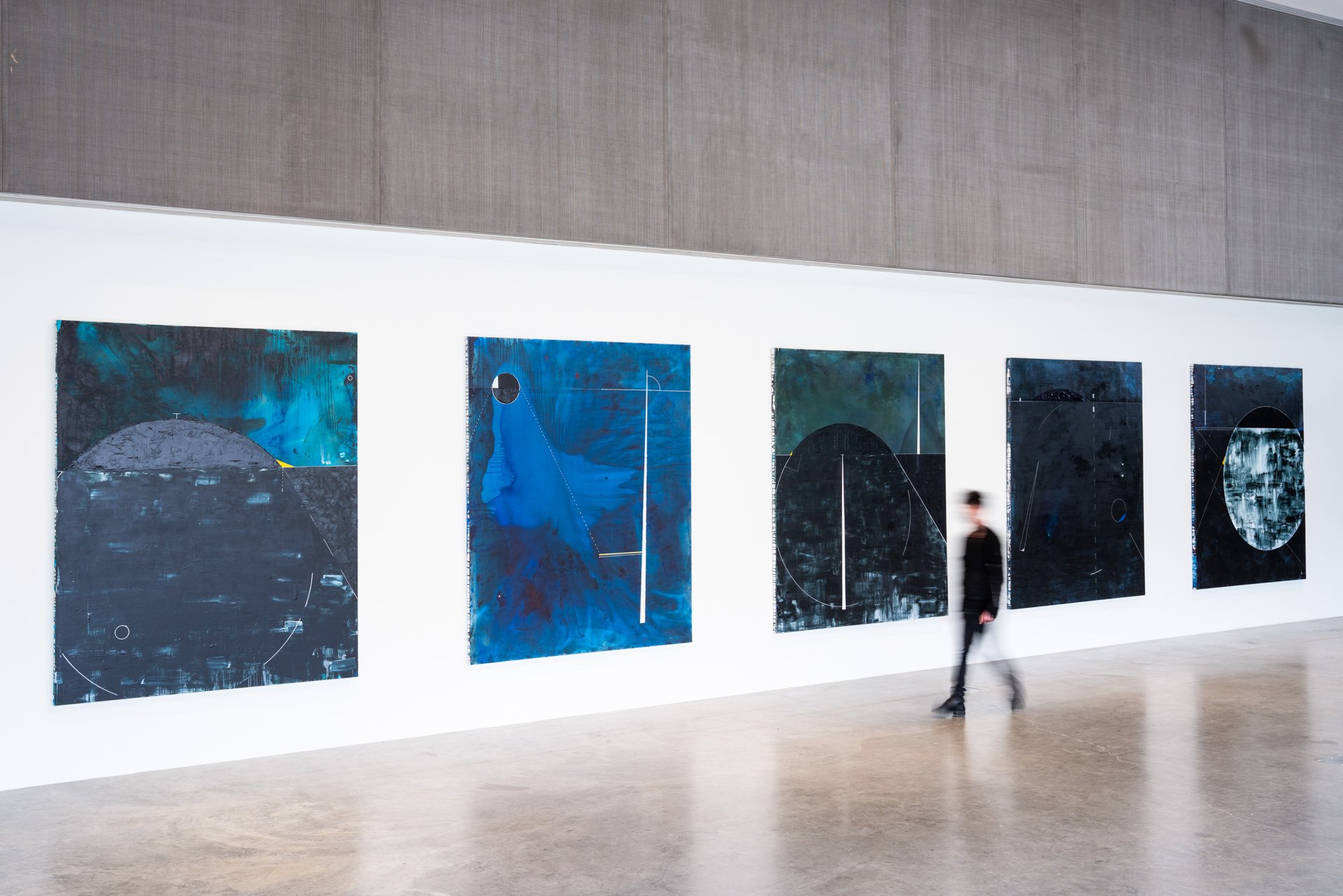
Tell me about a space that set you on the path that you’re walking on today.
TORKWASE DYSON: It’s someone else’s space, that I never actually saw: Henry Box Brown’s, who created what I would call an “architectural space” and shipped himself from Virginia to [Pennsylvania] in a postal service that really didn’t exist.
He created the box as a material body to ship himself outside of the institution of slavery, and then transformed that box into a performance prop: He would open the box, and there would be images [that showed] the conditions of his escape.
When I think about that in relation to my own architectural memory, and locate that as an architectural condition in relation to fugitivity and nomadicity, I think about the pavilion. In its later state, could we call that box a pavilion? It’s a sort of object turned architecture turned pavilion turned folly.
In the end, that box turned into an architectural moment. It also turned into an object that represented architecture, and that turned into a performance—this magic way he tells his story. That’s the [space] that opened up possibilities for me.
SARAH OPPENHEIMER: Shortly after finishing my studies, I was hired to give the same lecture in a lecture hall four times every week, for what ended up being many years.
It was an interesting experience because at first I entered the lecture hall—it was a concrete structure, a cinder-block structure—and I [believed] it was empty. There were empty seats and an empty stage, and it was set up. And I’d go back, and people would fill the lecture hall, and they’d empty the lecture hall, and they’d fill the lecture hall, and they’d empty the lecture hall.
I started to recognize that the space was incredibly full, that it was impossible for the space to ever be empty. That, in fact, the space had so much within it, we could barely move. We were somehow so tightly structured—in our relations to one another, to language, to social hierarchy, to meaning and formality—that our blindness to the fullness of the space was part of the space. That [recognition] has shaped what I’ve done ever since.
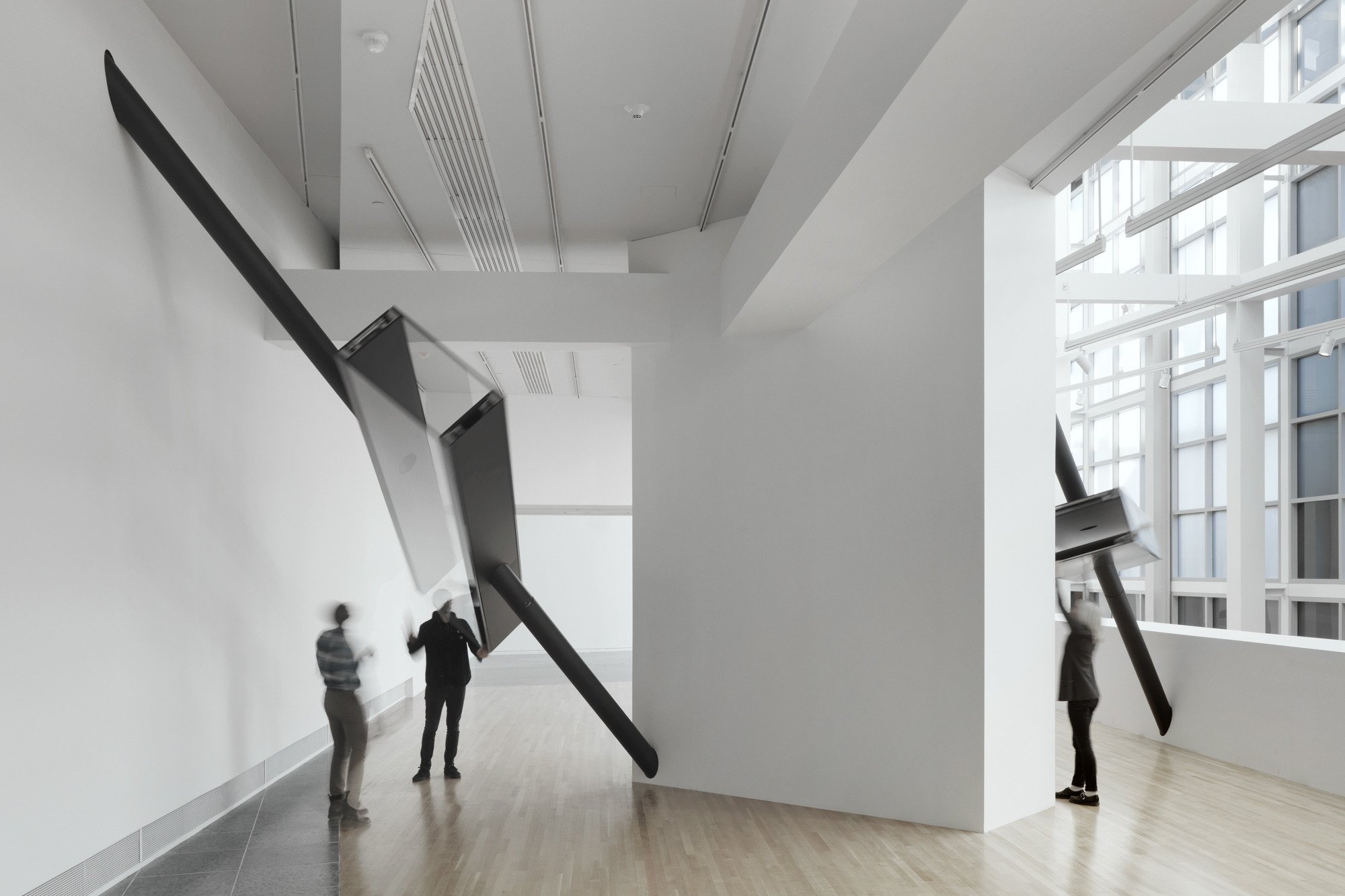
Both answers speak to the possibility of space, and also the idea of facilitating new ways of seeing space. If I understand your respective approaches correctly, Torkwase, yours is about learning everything you can about a subject, and then trying to push something through that is new, that you invent, that is not recognizable. And Sarah, you’re looking to make visible things that might not be obvious when you’re in a space.
For me, the result of those approaches is a very not easy answer. When I look at the work, I don’t really know what I’m looking at right away. So the viewer has to engage with the work, to deal with the work, to figure out what it’s saying for her. Can you talk about how you create conditions that speak to people in this way, that invite them to grapple with what’s in front of them?
SO: There are stages to how that evolves for me in every work. I’m very interested in absorbing what is the same about the conditions of a situation, and what we assume is not there, but that we take for granted. What are the rules that underpin the location—that are, let’s call them “generic rules”?
I then imagine that there are two operations performed. One is an operation of camouflage, whereby the space can be ever so slightly shifted or altered; it somehow disappears into the context. That camouflage works to isolate other conditions, which then become evident. Those [operations] do that work for me.
TD: For me, I have no idea. What I mean by that is, that [invitation] is not intentional. I’m not trying to do that. I don’t necessarily think about audience or programming. When the apparatuses are in place to put my work or ideas in public, curators do that work.
I’m just trying to make forms that help me understand what happened, and what is happening, and the potential to un-keep a kind of history that is about collage, abstraction, and obstruction. In trying to answer questions around ideas of either improvisation, migration, dispossession, autonomy, geography, language of living, humanity—I’m making work to understand world-building. As an artist, it’s necessary that I practice in the shapes that we need for that.
Then, by default, there’s a composition that’s welcoming. And then there’s another apparatus [that says], “Okay, Torkwase, let’s operationalize this.” But that’s outside of what I think about.
So when I make a sculpture, it’s not that I’m making an invitation. I’m presenting a thought, and there needs to be someone else that makes that invitation to people. I’m asked that question often and I struggle with it, because I’m not that generous of an artist. [Laughter]
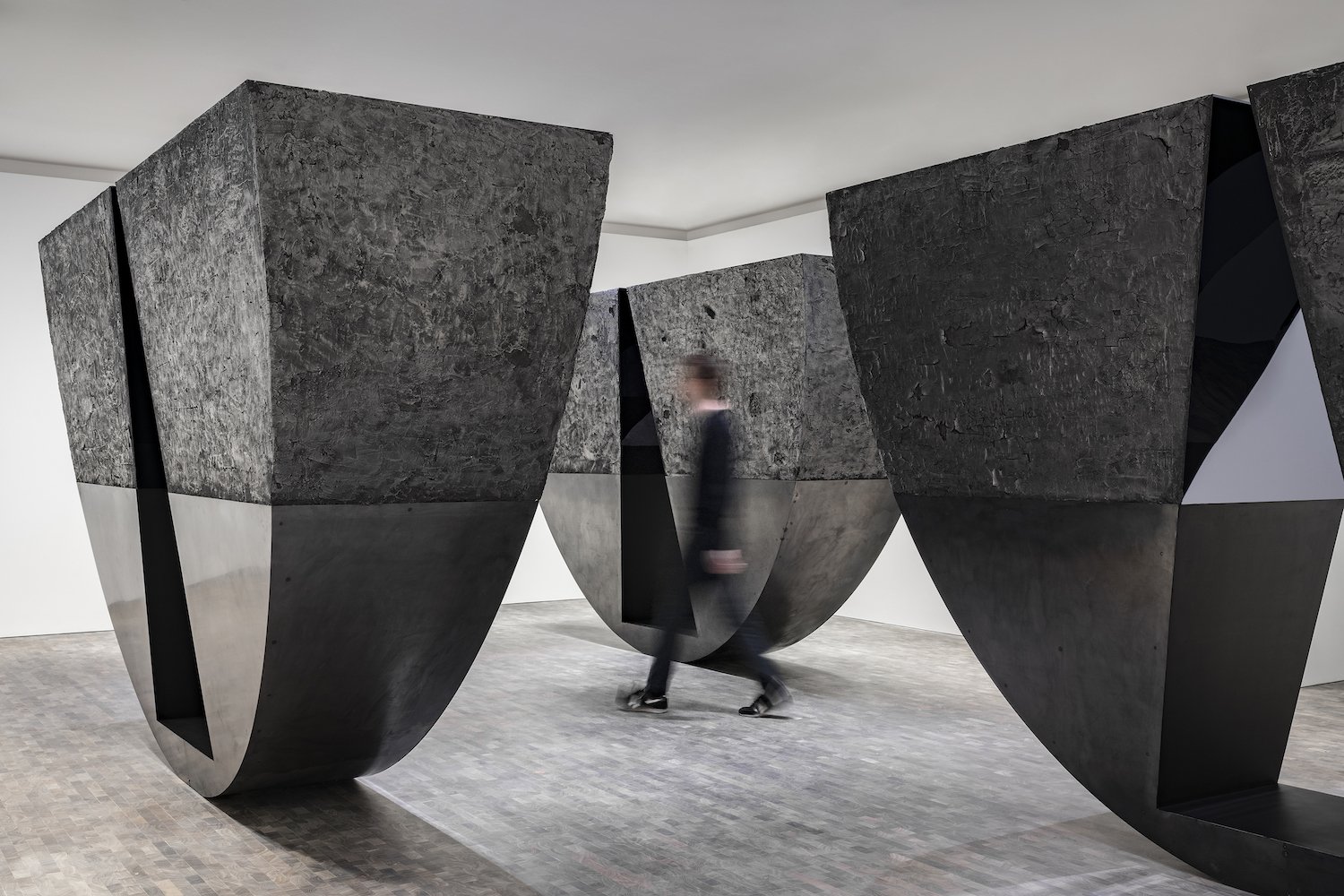
Whether intentionally or not, both of your work in some way highlights our ability, as individuals and as a society, to shape space, to create spaces that somehow serve people better. Why is that ability important to underscore?
TD: Can I talk about Sarah’s work first?
Of course.
TD: [Turns to Oppenheimer] You have this piece [the outdoor sculpture “C-010106” (2022)], in Austin, that I saw online. It felt so urgent to respond to it.
In my mind, seeing that moment of throughway in [the work’s mirrored-glass] panels, my instinct was that I was being directed, that there was a clearing on the other side. And this idea of the clearing, or the other side of that other space, is all possibility.
Toni Morrison has this moment in [her novel] Sula where Sula is making love to somebody. She’s talking about Sula, and Sula is in this free fall. In your work, when you create these thresholds and when I feel like there’s a free fall, the velocity really cognitively pushes me through.
So it’s between imagination and the physics of a quantum condition that operates across your work. That particular piece invited me into a free fall. I can only imagine what it would do to my senses if I saw it in person. It was really a great moment.
SO: Thank you.
One challenge that I find, in making work, is about how to establish its boundary from its surroundings, especially when the work is buried in the surroundings. What we perceive as the boundary doesn’t generally match the actual boundary. So this idea of perceiving something in isolation, and the power of perceiving something in isolation, is a real question. It raises questions for me around ideas of autonomy: Is something autonomous or dependent?
That’s a question I have for you, Torkwase. What is the relation of being contextually entwined and being autonomous at the same time?
TD: This is a question of property in the state and history of the colonial condition. We’re all in the bound. There’s no such thing as being out of the network of the bound and the colonial settler genocidal condition. We’re all in this built environment that has to do with a clearing.
So this idea of registers of autonomy is a slippery space when it comes to conditions of property. And because we’re bound in this system of property and belonging, autonomy is also a slippery slope.
It’s difficult for an art object to achieve a condition of autonomy in that bound-ness. But as we are dealing with human behavior, the haptic, and the embodied experience, I believe that we strive for a moment of autonomy in relationship to agency, in relationship to liberation, because we can train our minds and instincts to know that this is mostly a fiction, and to split these buildings.
Often, buildings propagate a condition of authority, which is a complete condition in relationship to who is human, who can be read as human, and who can be treated as human with the full ownership of one’s senses. So this is a really critical question, and this is an unfixed answer because it’s an unfixed reality.
Liberation comes from the deeply quotidian moments—quotidian on the level that is about the indeterminable. We can present works that offer a real subjective transformation by the viewer to get into an interior space that is so quotidian, anything you do resists the condition of property. That’s where I move through my practice, understanding that that is a place to be.
Within the question of perspective, and buildings and perspective, in my mind that is, in relationship to autonomy, what’s really important in the history of Black livable bodies is this idea of ocular brutality, where your perception is built by the thing that dispossesses.
When someone else is controlling every perspective that you experience as a bodily perspective—whether it’s the hull of a ship or any kind of condition that you’re without your own ability to move your own body—all of that is just some condition about light, and exposure to light, and conditions of enclosures.
For me, when you create moments that break up an enclosure into a throughway, that’s a potential for an autonomous, sort of hyper-quotidian experience. When you make a threshold, my only obligation to you or the work is to be acutely aware that on the other side, there’s a potential for a real, quotidian, autonomous condition in this hyper-capital network of being.
SO: Wow. [Laughter]
TD: I know. But does that make sense?
SO: Yes.
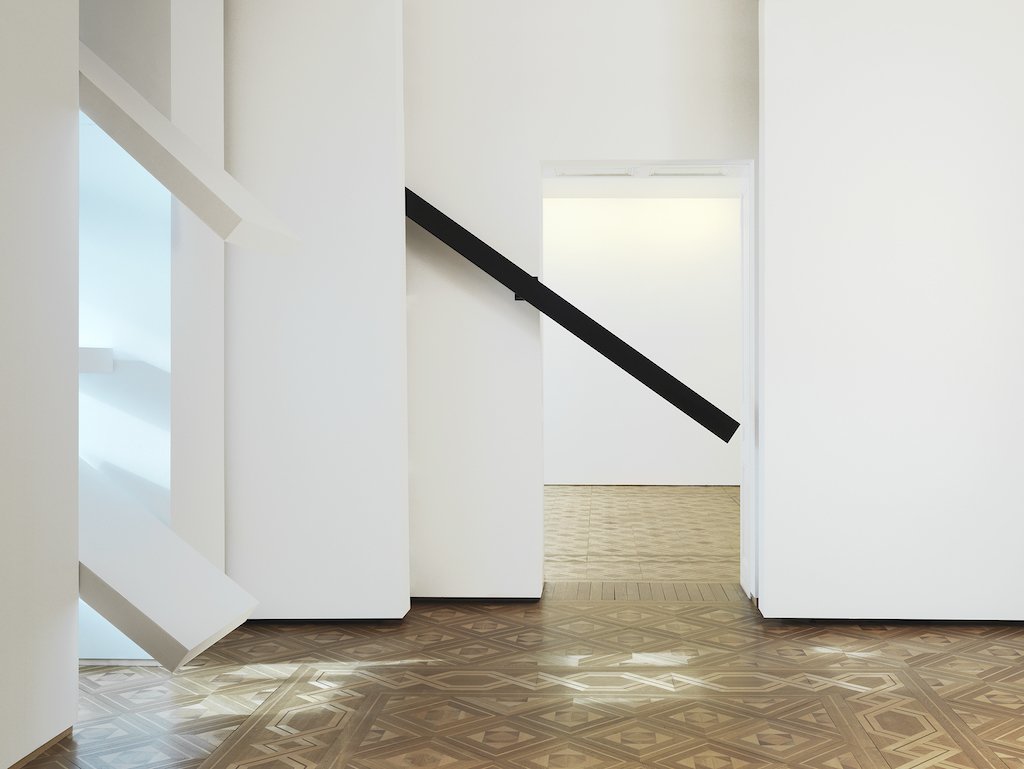
Speaking of boundaries, it seems to me that there is some kind of framework informing both of your practices, be it conceptual, historical, or symbolic, or otherwise. I like structures like that because they seem so limiting, with all their rules, but then also they can be sites where innovation happens.
Sarah, I know you’re interested in tools like the metronome, a very precise, rigid way of keeping time that also allows all these other ways of counting time to emerge from it. It’s a framework that provides a gateway to something else, to another way. Do you see frameworks as gateways to new possibilities?
SO: [Turns to Dyson] It’s really interesting to me that you were talking about throughways, because in some ways I would say that I am not so interested in passing through. I’m interested in making the boundary thick, so that the boundary suddenly is palpable and [defines] the space of the work: inside that boundary, that’s where the work is.
And the through is only…. It’s like, the illusion. In some sense, the idea of the metronome is that it’s an interval and also the boundary of the interval, and the instant that you stretch the interval, it becomes elastic as the spatial delineation becomes thick. Those things are the space of work for me. There is no “through.” There’s just the space of those relations.
I want to shift gears and talk about process. On the surface, the ways you work couldn’t be more different. It seems like Sarah is very calculated, while Torkwase is more fluid. Is that accurate?
TD: I work for fluidity, [but] I need structure. It took me years to come up with an equation—a structured equation, to a great extent, measurable and numerical—that I could [use to] create a foundation and a theory from. An equation that moves into abstraction.
It comes from a rigid, disciplined technique that is absolutely operational in my studio. Everything is set up to create conditions of equations, so that when I’m in the work, and the time happens in the work, those equations fall away and I’m producing something that is a complete, unfamiliar condition.
My job in my studio is to produce the unfamiliar of a thing I know that is true, and also real. The public experiences work. And by work—I don’t need to qualify it, but you experience the end of [the creative process]. It has to be generated by an ontological condition that is both fixed and unfixed.
Fluidity is tricky. I don’t want to pretend that this is all about expression, or vibe, or mood, or emotion. It’s really often about power, and force, and clarity, and transformation. Thinking about my work in the cannon, it’s very clear that it is for that purpose as well. Who am I in conversation with, and how do we take these methods of art making to another invention that can add to the conversation?
I don’t want to present the work as some innocent free flow of emotion, a river. Underneath it is power, is a Black radical tradition of technique, discipline, and skill.
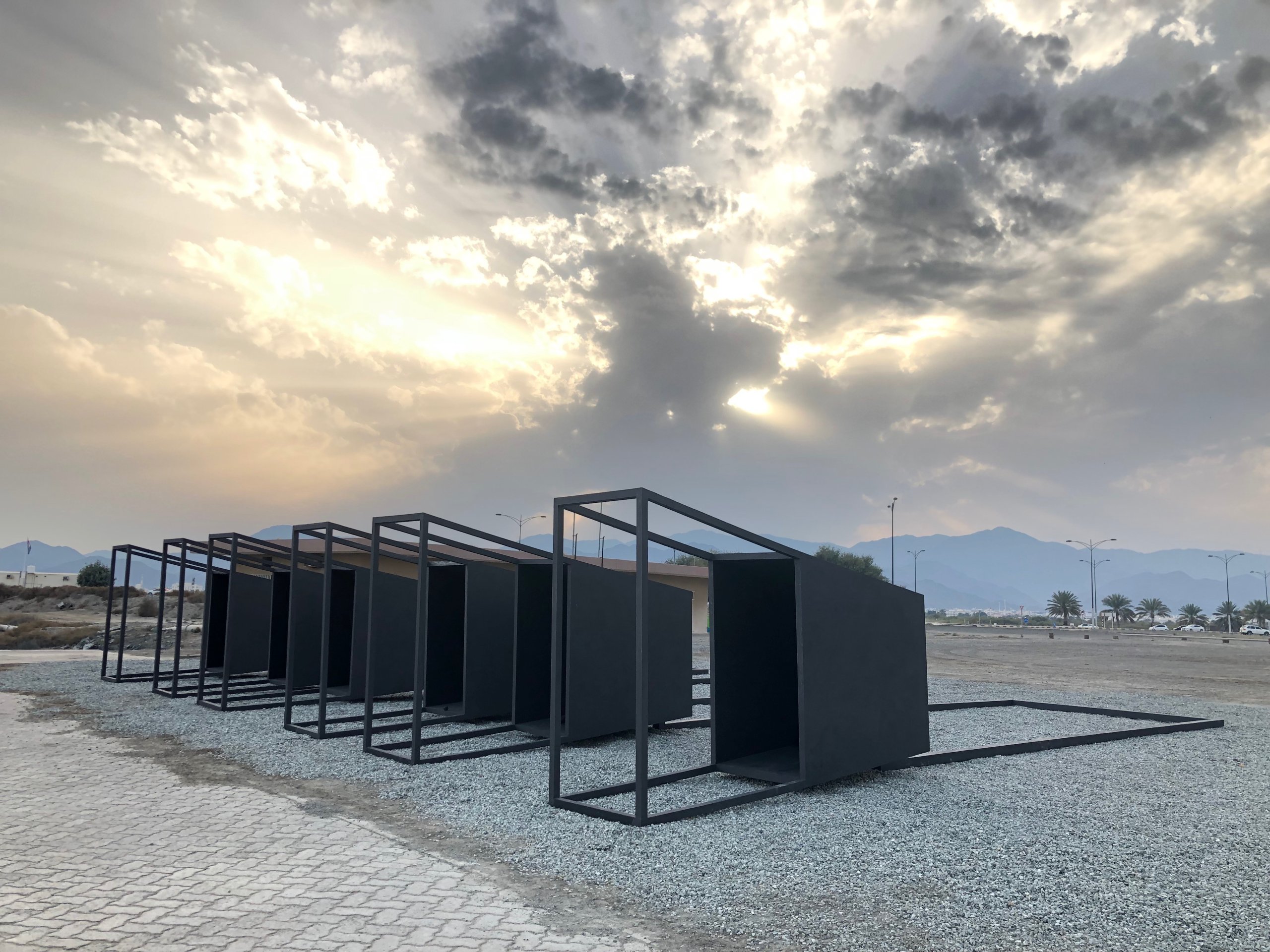
SO: The idea of process is really fascinating because it taps into so many different histories of making, of what we call “work,” and of ways that labor is seen as recognizable or valuable in ways that it is understood as an art practice.
I’ve thought a lot about how my working mimics and mirrors practices, but is always sort of moving across them. One of the things that’s very central to how I work is a kind of media transposition. It’s always [about] seeing the work materialize in many different forms, and knowing that no form is the final piece.
You asked how [my process has evolved]. What’s become more and more important to me is drawing. And I don’t mean drawing necessarily with a pen or a computer. I mean drawing in the sense that you make a mark, and that mark changes how you behave. You make another mark that changes that first mark. There’s a tactile, embodied immediacy to that process. That, to me, has become essential.
One of the real beauties of building and creating tactile works that move is that there’s no way to understand how they behave without having an actual one-to-one experience with them. So my primary aspect of drawing is iterative prototyping, where all of the parts are always at hand. It’s very immediate and it’s very responsive. And that responsiveness is ever more important to me.
How have the spaces you’ve made changed you?
SO: I’ve become increasingly interested and sensitized to the way the spaces perform, and the way they interact with visitors to those spaces or inhabitants of those spaces. That has been, increasingly, my greatest teacher.
TD: I’m working towards a change. I’m climbing a mountain, trying to get to a cliff, and looking for a really sturdy one to jump off of. I know that can happen, because it’s happened to me with other people’s work: I’ve seen a piece and it completely changed me. Like a John Biggers painting—boom! Different Torkwase. That’s the destination.
This conversation has been condensed and edited for clarity.